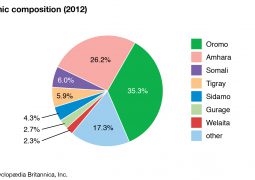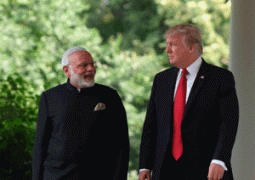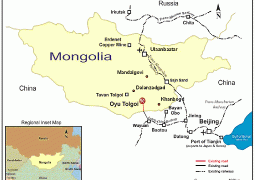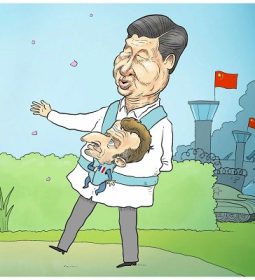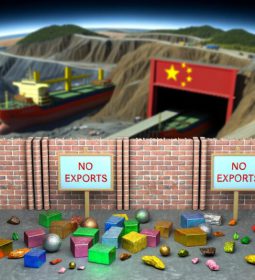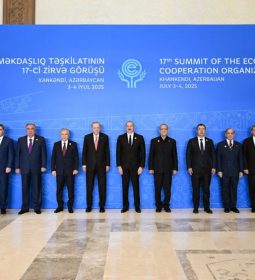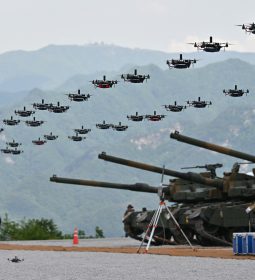India lost its territories to China again: “Middle Empire” annexes 60 square km of India in Ladakh as simmering tensions erupt between two superpowers
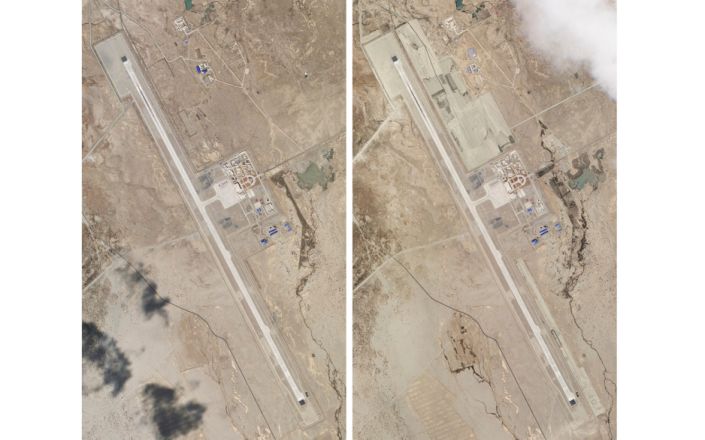
Joe Wallen
China has occupied more than sixty square kilometres of Indian territory in eastern Ladakh, according to a senior Indian Army source, in a dramatic escalation of the simmering tension between the two Asian superpowers.
The Daily Telegraph can reveal that up to 12,000 Chinese troops pushed over the border into India last month amid border clashes as Beijing looks to slap down Indian Prime Minister Narendra Modi over his ever-closer relationship with the United States.
The move echoes Xi Jinping’s expansionism in the South China Sea where Beijing have moved to construct military bases in contested territory and has been unchallenged due to its superior military.
The United Nations is calling for restraint, and wants talks between the two nations to any escalation of the conflict.
Konchok Stanzin, a councillor from the Chushul constituency, where the incursion has taken place, told The Telegraph: “In the past, we have witnessed face-off between two armies and the situation would cool down within hours.
“It’s the first time we are seeing standoff for over a month. We are worried for our lives and our land.”
There have been reports this week of some de-escalation, but it is unclear whether this is rooted in on-the-ground movement, or is simply India trying to save face.
Beijing and New Delhi have patrolled either side of the Line of Actual Control (LAC), which splits Chinese Tibet from Indian Ladakh since a ceasefire was agreed in 1962.
Indian patrols in eastern Ladakh pause over winter and spring as heavy snowfall in the Himalayas makes terrain treacherous.
But the coronavirus pandemic meant they were slow to reinforce this year and Chinese troops took advantage, crossing over the LAC on May 5 and 6 at four locations.
A total of forty square kilometres were occupied at Pangong Tso and twenty square kilometres at Galwan River, with smaller incursions at Hot Springs and Demchok, a senior Indian Army source told the Telegraph.
Satellite photos of China’s Ngari Gansa civil-military airport base taken on April 1, left, and May 17, 2020, near the border with India show development – Planet Labs via AP
Seventy Indian troops were injured in fist-fighting and stone-throwing as they tried to stop the advance.
Weapons are not used when Chinese and Indian soldiers clash, as this is understood as a full declaration of war.
India, which is admitting Chinese troops are present in “sizeable numbers”, is trying to use ongoing bilateral talks to persuade China to retreat from the areas it has occupied.
But China is understood to have built defences at Pangong Tso and moved up to 12,000 troops to the new frontier, according to well-placed sources.
India has also scaled up the presence of troops, transported artillery and Boforus guns to Ladakh.
Confronting India along the border is Beijing’s way of putting New Delhi in its place – Chinese officials are unwilling to tolerate what they view as growing swagger from India, a strategic competitor and neighbour, under Mr. Modi.
Lin Minwang, a Chinese foreign policy expert at Fudan University, said: “Modi’s overall diplomacy has been inclined to ally with the US. China is actually very disappointed with India right now.”
India’s infrastructural development along the border – including a road in Lipulekh which has irked emerging Chinese ally Nepal – are viewed by Beijing as “backstabbing China while it’s in a weak position [and] suppressed in a broader strategic competition with the US, so it has made China very angry.”
While Chinese officials have said little publicly, the foreign ministry is defending its actions as necessary and even restrained in response to provocation from India – language similar to how the government justifies territorial claims in the South China Sea.
Tensions during the coronavirus pandemic haven’t helped.
Leh district of Ladakh, bordering China – NOEMI CASSANELLI/AFP via Getty Images
Kanti Prasad Bajpai, an expert on China-India relations and professor at the National University of Singapore, said: “India sent supplies to China and felt the Chinese weren’t very grateful – China publicly thanked countries for sending supplies, but never thanked India publicly.”
As the pandemic spread further afield, India – like other nations – had to scrap poor quality medical supplies purchased from China.
Mr Bajpai said:“The Indians felt they were cheated by the Chinese. China rejected accusations that they had gypped the Indians. Around that, there was a bit of bad blood.”
Mr Modi’s move to project himself as a bold leader both at home and abroad also puts him at odds with Mr Xi’s same tactic to fashion a strongman image.
Experts say a full-scale war remains unlikely largely because of the operating challenges at high altitudes, with a lengthy de-escalation process as neither side will want to give the impression of caving.
But until China and India finally agree on a border demarcation – which they’ve never been able to do – “the possibility of a border skirmish, limited border conflict, or full-fledged conventional war cannot be taken off the table,” said Monika Chansoria, a China specialist and senior fellow at the Japan Institute of International Affairs.
- Previous Turkey is getting upper hand on Libya: EU and Arab countries losing ground
- Next US stays its course in Asia: China condemns ‘provocative’ U.S. military flight over Taiwan




